Feminist Punk: In Appreciation of Badass Female Rockers
Celebrate the empowerment of women in the world of rock and the awesome growl of feminist punk.
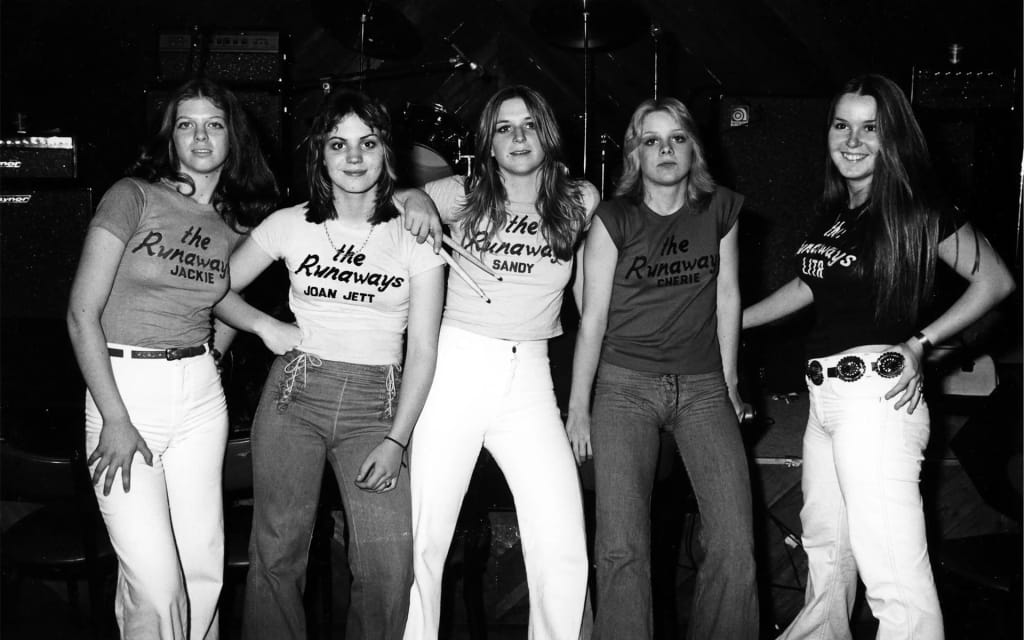
The rise of feminist punk was a pivotal moment in the history of rock music and a pivotal movement for women in general. Before the 1970s, the list of greatest rock bands and artists read like this: Elvis Presley, Chuck Berry, Buddy Holly, Deep Purple, Led Zeppelin, Black Sabbath, The Beatles, The Rolling Stones. Along with other seminal music from that era, it was mostly dominated by male artists.
Enter: feminist punk.
A Brief History
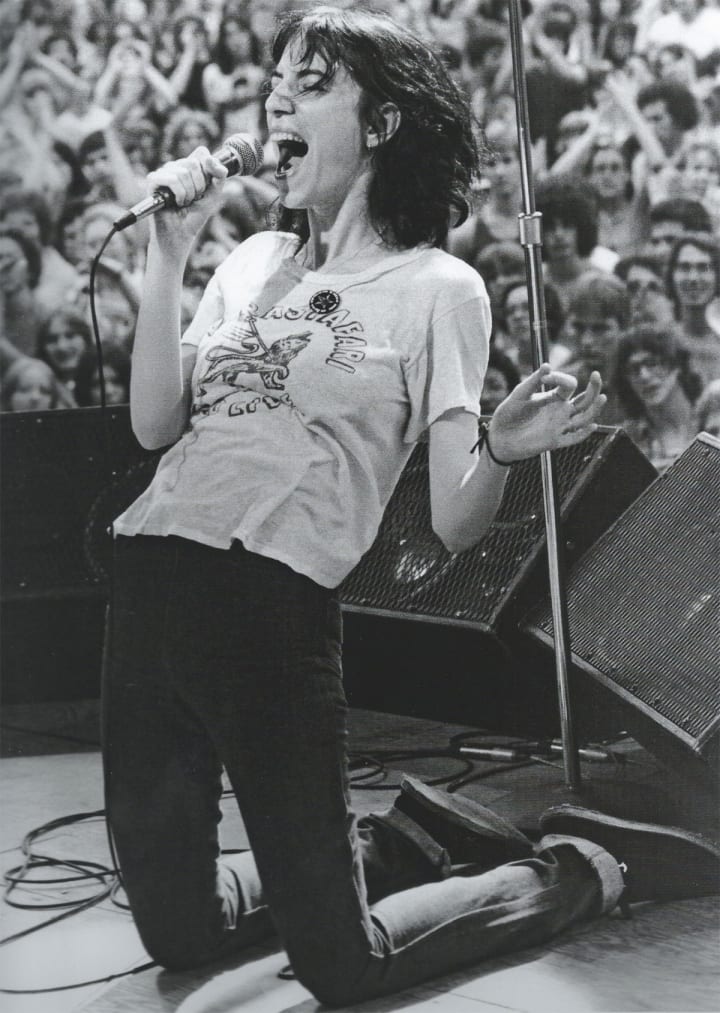
Photo by Bob Gruen
Through the late 60s, the role of women in music was largely restricted to fans and groupies, at which point they finally seized their own stake in music history.
The first permutation of this emerging culture was punk rock, a genre that placed emphasis on ideas like shifting attitudes, sincerity and rejection of the social status quo. This philosophy became a musical catalyst for the feminist movement.
It wasn’t long before the punk scene saw an influx of new bands either led by women or with female members; these groups used the rawness and power characteristic of punk to vocalize their outrage and defiance of the patriarchy. This new wave of irreverence came as a shock to fixtures in the music scene - even to punk rockers who themselves initiated this type of musical battle cry. And so, for a while, their feminist message was paid little heed. Things changed dramatically, though, when Patti Smith, The Slits, Blondie, The Runaways, X Ray Spex and other artists took the stage.
Women became an active part of the punk movement and used their music and lyrics to protest inherently unjust but long-held gender norms rooted in religion and history. The ethos of punk rock provided a platform on which women could freely and without judgement document their personal experiences of objectification, domestic violence, sexual abuse and other situations that many women had - and have - to endure.
Even after feminist punk bands gained traction, their music was not without its critics. The culture was such that female musicians - even those whose prowess is today irrefutable - had to fight hard to convince listeners to evaluate their music on its own merit. They had to constantly defend their status as musicians, and implore audiences to view them as artists and not just angry women armed with a microphone. This initial rejection only made the women angrier, and the feminist initiative stronger, thanks to leaders who let their frustration energize them.
The First Zines
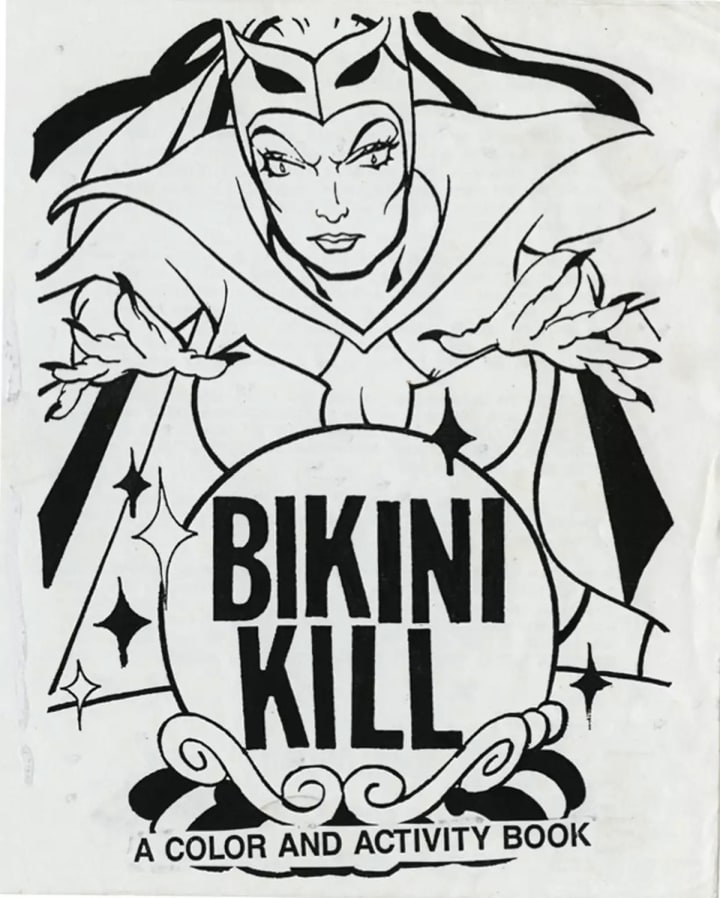
Zines, self-published circulations defined by their relatively low circulations, were one of the tools used by punk rockers to express their philosophy, thoughts and disagreement to authority, religion, police, and pre-established society roles. Naturally, women used this same medium to share their ideology and vision to the world.
Jigsaw, considered one of the first feminist zines, was created by Tobi Vail in the year 1989. This publication focused on the relationship between punk and feminism and its implications.
Molly Neuman and Allison Wolf – both members of Bratmobile – also created a zine called Girl Germs, one of the first to feature white and black punks and rappers.
Later, Tobi Vail and Kathleen Hanna got together to create Bikini Kill; named after their band, the zine explored details about punk and feminism theory.
These three zines and their creators eventually inspired the first edition of riot grrrl in 1991. This new zine was similar to its predecessors but contained a brand of ideology that made it much more than a collection of articles; riot grrrl the zine turned into Riot Grrrl the world movement.
Riot Grrrl, the Movement
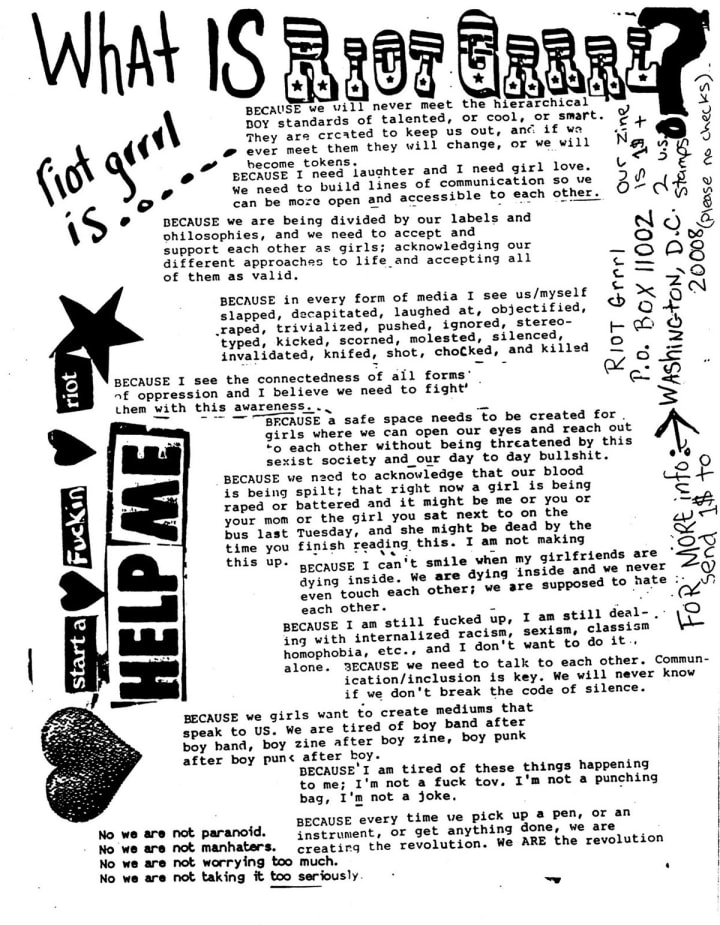
The exact origin of this movement is not clear, but we know that the name came from a phrase oft-repeated in the Jigsaw zine: “revolution grrrl style now." The three r’s symbolized a powerful growl.
The movement is typically associated with the International Pop Underground Convention, a punk and alternative rock music festival that took place in 1991 and that featured one day dedicated entirely to bands consisting of only females or at least one female member. Finally, zines’ creators and female artists met face to face and started to organize themselves to collaborate in the creation of festivals that promoted their message.
The Riot Grrrl movement was part of the third wave of feminism which took women out of the conventional social mold and smashed the idea of women needing to behave in only on a certain way.
Men in Feminist Punk
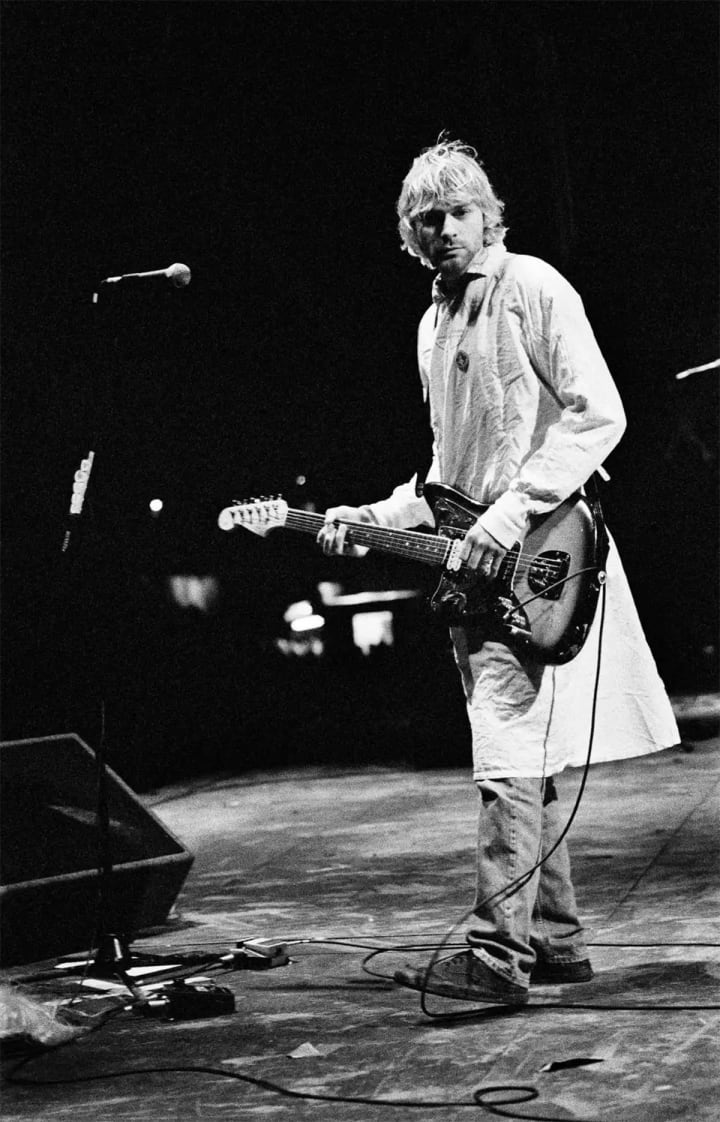
Photo by Charles Peterson
Lyrics with feminist content were not exclusive to females bands. There were also all-male bands that incorporated feminist ideology into their own music and lyrics and did their part in popularizing this still-nascent movement.
A great example of this is the song “Suggestions” from the band Fugazzi. The song begins “why can’t I walk down a street free of suggestion?”, a refrain still common in the annals of feminist punk. Ian Mackaye, lead singer of the band, was also the producer and editor of many Bikini Kill albums.
Other examples include Calvin Johnson who, in addition to being the front man of the band Beat Happening also established K Records, a label credited with signing many feminist punk bands. He also organized the aforementioned International Pop Underground Convention.
Perhaps the most iconic example, though, is Nirvana. The iconic grunge band were known to dress like women in many of their concerts, to demonstrate that being a women is not something to be ashamed of but rather something to be proud of. Additionally, Kurt Cobain proclaimed himself a huge fan of Bikini Kill and dated Tobi Vail for a period of time.
Nowadays, the participation of men in the feminist movement is called into question due to instances of aggression and abuse toward females that involved men formerly associated with this movement. One such occurrence involved Jokin,, lead singer of the band Asto Pituak which has a song called “Fiesta de mujeres”(“Women’s party”). Jokin was accused of raping a female member of the movement. He later published a letter confessing his actions and issued a public apology on the radio, seeking forgiveness from all the feminist groups of which he had been a longtime supporter.
While this controversy and others like it have caused some women to reject male participation in feminist groups, whether or not men should have an active role in working toward feminist efforts is an ongoing discussion between various schools of feminist thought.
Legends of Feminist Punk
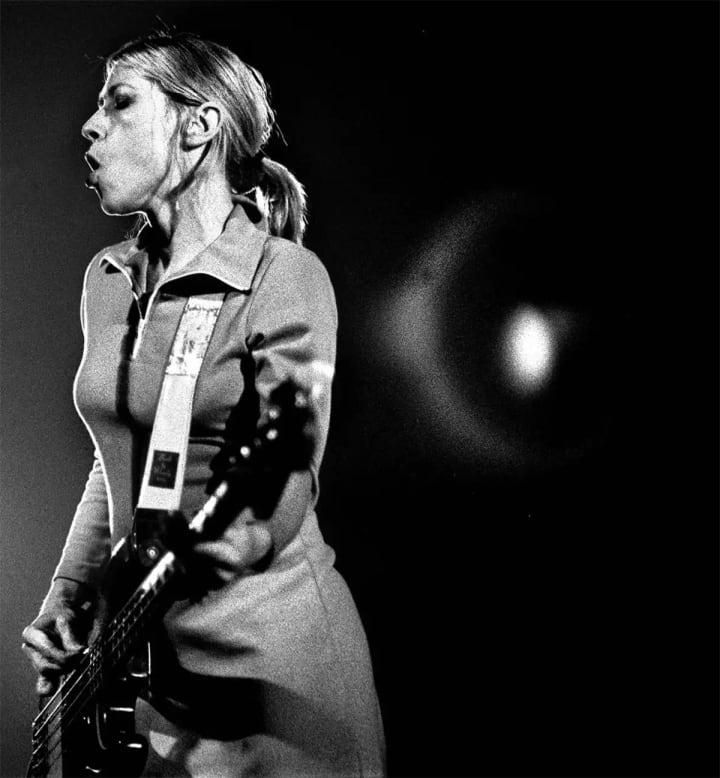
Photo from the Michael Ochs Archives
The list of women who have made indelible contributions to the world of feminist punk is vast and impressive; here are a few at the very forefront of the conversation:
- Kathleen Hanna, lead singer of Bikini Kill, with songs like "Double Dare Ya," "Rebel Girl" and “Don’t Need You.”
- Poly Styrene, lead singer of X-Ray Spex, with songs like "Oh Bondage! Up Yours!" and "I Am A Cliché."
- Kim Kincaid, singer of Neo Boys, with songs like "Rich Man’s Dream."
- Joan Jett, singer of The Runaways and Joan Jett & the Blackhearts with songs like "Cherry Bomb" and "Little Sister."
- Jean Smith, lead singer of Mecca Normal, with songs like "Man Thinks Woman" and "Water Cuts My Hands".
- Kim Gordon of Sonic Youth with songs like "Superstar," "Youth Against Fascism" and "Mary Christ."
About the Creator
Danielle Banner
Head of Brand Partnerships @ Creatd (Nasdaq: CRTD). Future Liz Lemon. Current dog lover.
Enjoyed the story? Support the Creator.
Subscribe for free to receive all their stories in your feed. You could also pledge your support or give them a one-off tip, letting them know you appreciate their work.






Comments
There are no comments for this story
Be the first to respond and start the conversation.